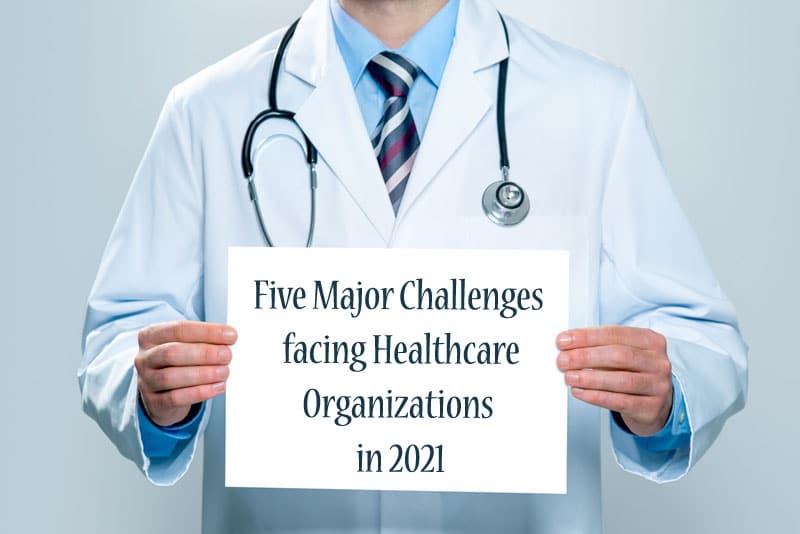Many ophthalmologists rely on outsourced ophthalmology transcription services to ensure accurate and timely patient records. Electronic health records (EHRs) offer many benefits for ophthalmology practices and have evolved significantly to improve documentation, coding, billing, and security of patient data. However, a new study published in JAMA Ophthalmology found that medication lists created by EHRs may not capture up-to-date and accurate information on ophthalmic medications. The researchers found mismatches between the transcribed progress notes and the structured EHR-based medication list. The study noted that these findings can compromise patient safety and care.

Benefits of Electronic Patient Records in Ophthalmology
With an aging population and increase in chronic conditions, the demand for ophthalmology and optometry services is growing. Supported by medical transcription companies, ophthalmologists leverage EHRs to document patient encounters and simplify collaboration between patient’s coordinated care team. Once patient information is entered in the system, the data becomes available for various uses,including billing and audit purposes. Other benefits:
- Diagnostic tests and reports from ophthalmic photography, angiography, visual fields, OCT and measurements for cataract surgery can be stored and displayed in the patient’s electronic medical record (EMR).
- Inclusion of these test results in the patient’s EMR allows the practitioner to interpret and see these results from anywhere, anytime.
- All the latest ICD and CPT codes are integrated in the system, so that clinicians can capture, submit and track charges electronically. This improves medical billing efficiency.
- EHRs can increase compliance with mandated documentation standards.
- Secure digital records allow patients to view and monitor their care, set-up their appointments, and get prompt answers to their questions.
While EHRs offer all these advantages, researchers found that they may not reflect the most accurate and up-to-dateophthalmic medication information. This raises concerns about patient safety and continuity of care since many patients use EHR-generated printed medication lists to keep track of their prescribed medications between clinic visits.
Study highlights Discrepancies in EHR Medication Lists
The team examined medication-related information contained in the EHRs of 53 patients at the University of Michigan Kellogg Eye Center. The patients had been treated for microbial keratitis, or corneal infection between July 2015 and August 2018. The researchers compared the following types of documentation:
- The structured medication list in the EHR server
- Medications written into the clinical progress notes and transcribed by the study team
The study found that:
- Of the 247 medications identified, 32.1% differed between the progress notes and the formal EHR-based medication list.
- About one-third of patients had at least 1 medication mismatch reported in their EHR.
These findings are especially relevant for corneal infection because the drugs and treatments change rapidly for this condition, with some medications requiring compounding.
Medication Mismatch increases Risk of Avoidable Medication Errors
In a typical office visit, the physician provides verbal medication instructions to the patient. At the same time, the clinician or a scribe transcribes the discussion into the unstructured or “free text” section of the patient’s EHR. The printed after-visit summary given to the patient will include an EHR-generated medication list.
However, in practice, data about medications (and other information) is captured in multiple formats in multiple locations. Mismatches between the clinician’s notes and the EHR medication list can result in avoidable medication errors for patients who rely on the automatically generated lists.
The study listed the reasons for medication discrepancy (www.beckershospitalreview.com) as:
- Medications not prescribed through the EHR ordering system (43.9 percent)
- Outside medications not recorded in the internal EHR medication list (40.4 percent), and
- Medications that were prescribed through the EHR ordering system and in the formal list but not described in the clinical note (15.8 percent)
Cornea specialist Maria Woodward, M.S., M.D., assistant professor of ophthalmology and the study’s lead author noted that this level of inconsistency is a red flag.
“Patients who rely on the after-visit summary may be at risk for avoidable medication errors that may affect their healing or experience medication toxicity”, says Woodward.
The Solution
The researchers’ suggestions to improve accuracy of medication information for patients are as follows:
- The post-visit summary should include instructions on how the medications should be used.
- To ensure that error-free medication lists, physicians need to double-document. The same information must be entered in two separate places – the clinician’s note and the formal medication list.
- Developing software solutions to ease the burden of EHR clinical documentation and make it easier to reconcile medication names and dosage.
In a busy clinical setting, physicians focus on communicating directly with the patient, clarifying the treatment plan, addressing patient concerns and answering their questions. In this scenario, medical transcription outsourcing is a good strategy to ensure comprehensive, accurate note-taking.


